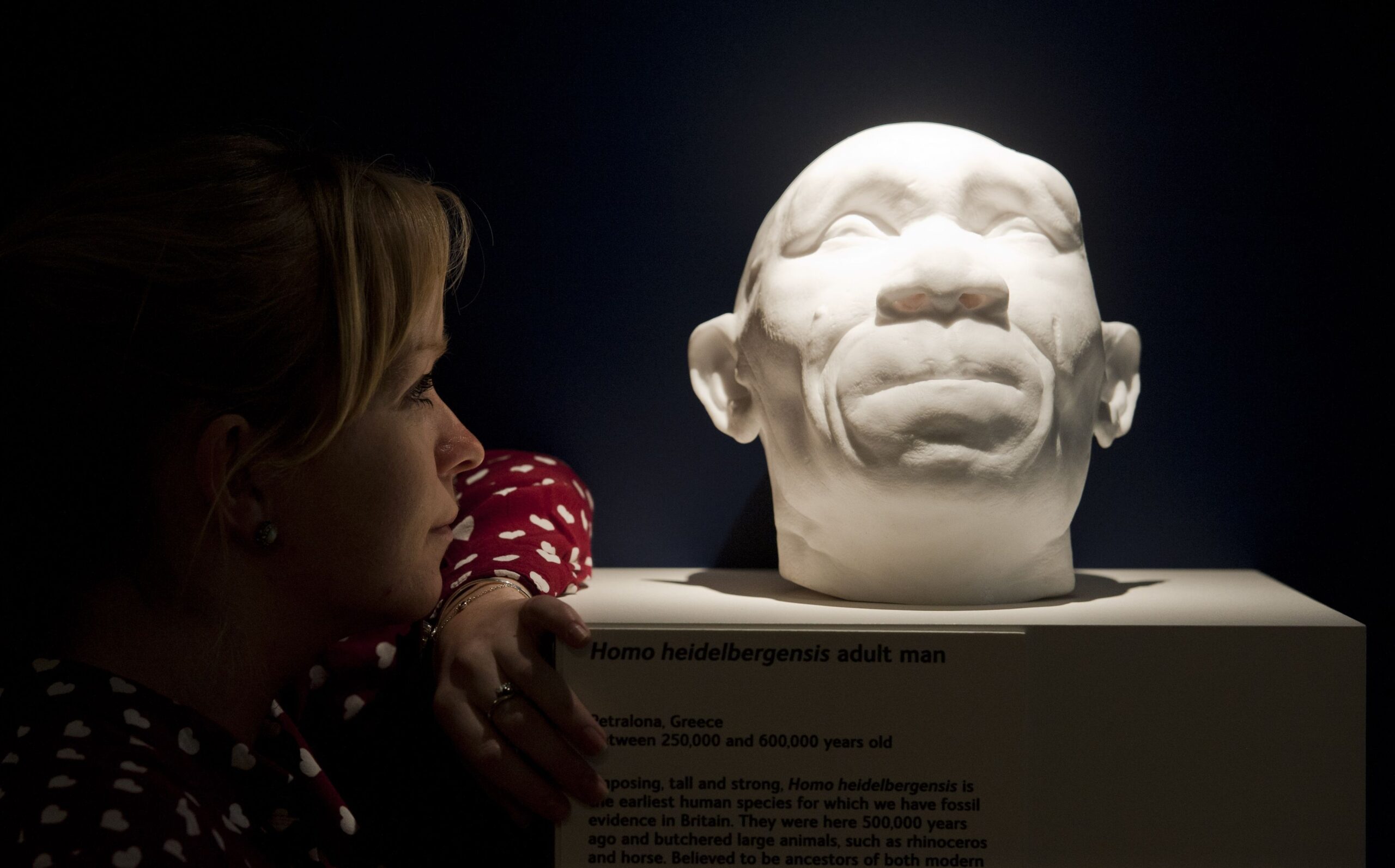Supercomputer simulations show climate change’s role in early human migration
Humanity’s expansion across the globe is inextricably tied to the environmental conditions that our early ancestors faced. On Wednesday, a research team from South Korea’s Pusan National University revealed research from supercomputing modeling that suggests just how much of humanity’s rise is thanks to changes in prehistoric weather.
The Pusan team, led by climate physicist Axel Timmermann, used an “unprecedented transient Pleistocene-coupled general circulation model simulation in combination with an extensive compilation of fossil and archaeological records to study the spatiotemporal habitat suitability for five hominin species over the past 2 million years,” per the study published in Nature.
That 2-million year model, which the team refers to as the 2ma simulation, “reproduces key palaeoclimate records such as tropical sea surface temperatures, Antarctic temperatures, the eastern African hydroclimate and the East Asian summer monsoon in close agreement with paleo-reconstructions,” to ensure a realistic representation of how the rain patterns in Southern Africa were likely shifting at the time.
Basically, the team was looking at how the 41,000-year cyclical patterns of precipitation and temperature change caused by the Earth’s axial wobble impacted the availability of resources for early humans and our close cousins. By combining the synthetic data generated by the 2ma simulation with the hard evidence of fossil and archaeological findings, the team puzzled out the places where homo sapiens and our genetic offshoots were most likely to inhabit.
The Pusan team noted a few surprising trends emerging from the data. For example, the researchers found that around 700,000 years ago, Homo heidelbergensis (suspected to be the progenitors of both Neanderthals and modern humans) began expanding from their traditional range. They were able to do so because our planet’s elliptical orbit created wetter, more habitable climate conditions at that time to support the expansion. The simulation projected the movement of these wet spots across the Earth and the researchers found evidence within the fossil record that moved along with them.
“The global collection of skulls and tools is not randomly distributed in time,” Timmermann told Nature. “It follows a pattern.”
Timmermann explained that these results could support the single-evolutionary-path hypothesis, which posits that climate change 700,000 years ago led to hotter, drier conditions in South Africa and h. heidelbergensis’ evolutionary response to those changes eventually gave rise to Homo sapiens.
“We acknowledge that our species subdivisions may be controversial and that these do not necessarily require constancy of morphology, habitat and behaviour,” the team wrote. “However, even though some species attributions such as H. heidelbergensis could be questioned, we remain confident that the majority of the record presents little challenge considering that 86 percent of the core data belong to the well-defined, widely accepted H. neanderthalensis or H. sapiens record and tool-making traditions.”
These findings won’t likely end the debate on humanity’s beginnings but rather add to our growing patchwork of understanding.
All products recommended by Engadget are selected by our editorial team, independent of our parent company. Some of our stories include affiliate links. If you buy something through one of these links, we may earn an affiliate commission.






